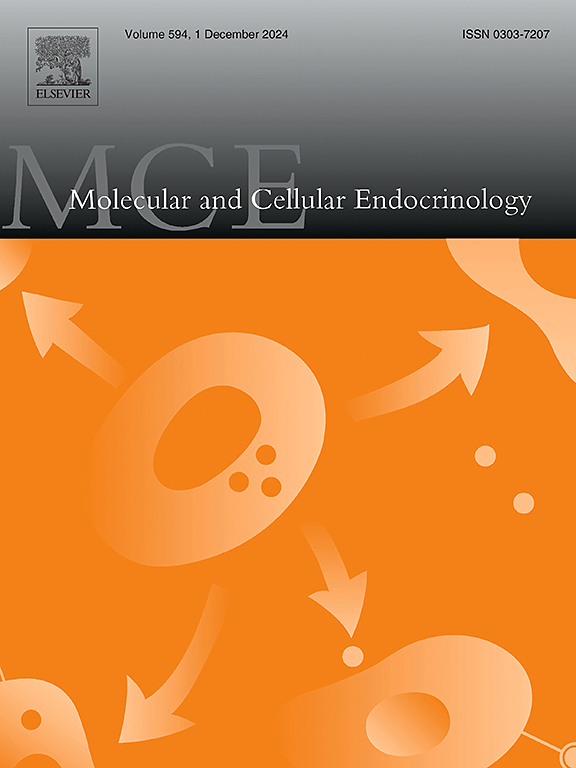NAT10 drives endometriosis progression through acetylation and stabilization of TGFB1 mRNA
IF 3.8
3区 医学
Q2 CELL BIOLOGY
引用次数: 0
Abstract
Endometriosis, a gynecological disorder marked by pelvic pain and infertility, has its pathogenesis and pathophysiology significantly influenced by epigenetics, as these factors have been well characterized. However, the role of RNA-mediated epigenetic regulation in endometriosis remains to be elucidated. In our study, we found that N4-acetylcytidine (ac4C) RNA modification and N-acetyltransferase 10 (NAT10) were significantly upregulated in endometrial lesions compared to eutopic endometrium. Knockdown of NAT10 suppressed endometrial epithelial cell proliferation, epithelial-to-mesenchymal transition (EMT), and cell cycle processes in vitro. RNA-seq and acRIP-seq analyses revealed that the knockdown of NAT10 impaired cell proliferation and the TGF-beta signaling pathway. We further identified that ac4C RNA modification enhanced TGFB1 mRNA stability and expression levels, and inhibition of NAT10 activity by Remodelin effectively suppressed the growth of ectopic lesions in an endometriosis mouse model. Collectively, our findings reveal that increased NAT10-mediated ac4C modification enhances TGFB1 mRNA stability, thereby promoting the development of endometriosis. This discovery lays the molecular foundation for future therapeutic approaches targeting endometriosis.
NAT10通过乙酰化和TGFB1 mRNA的稳定驱动子宫内膜异位症的进展。
子宫内膜异位症是一种以盆腔疼痛和不孕症为特征的妇科疾病,其发病机制和病理生理受到表观遗传学的显著影响,这些因素已经得到了很好的表征。然而,rna介导的表观遗传调控在子宫内膜异位症中的作用仍有待阐明。在我们的研究中,我们发现与异位子宫内膜相比,n4 -乙酰胞苷(ac4C) RNA修饰和n -乙酰转移酶10 (NAT10)在子宫内膜病变中显著上调。在体外实验中,下调NAT10可抑制子宫内膜上皮细胞增殖、上皮-间质转化(EMT)和细胞周期过程。RNA-seq和acRIP-seq分析显示,NAT10的下调会损害细胞增殖和tgf - β信号通路。我们进一步发现,在子宫内膜异位症小鼠模型中,ac4C RNA修饰增强了TGFB1 mRNA的稳定性和表达水平,并且通过重塑蛋白抑制NAT10活性有效地抑制了异位病变的生长。综上所述,我们的研究结果表明,nat10介导的ac4C修饰增加可增强TGFB1 mRNA的稳定性,从而促进子宫内膜异位症的发展。这一发现为未来针对子宫内膜异位症的治疗方法奠定了分子基础。
本文章由计算机程序翻译,如有差异,请以英文原文为准。
求助全文
约1分钟内获得全文
求助全文
来源期刊

Molecular and Cellular Endocrinology
医学-内分泌学与代谢
CiteScore
9.00
自引率
2.40%
发文量
174
审稿时长
42 days
期刊介绍:
Molecular and Cellular Endocrinology was established in 1974 to meet the demand for integrated publication on all aspects related to the genetic and biochemical effects, synthesis and secretions of extracellular signals (hormones, neurotransmitters, etc.) and to the understanding of cellular regulatory mechanisms involved in hormonal control.
 求助内容:
求助内容: 应助结果提醒方式:
应助结果提醒方式:


